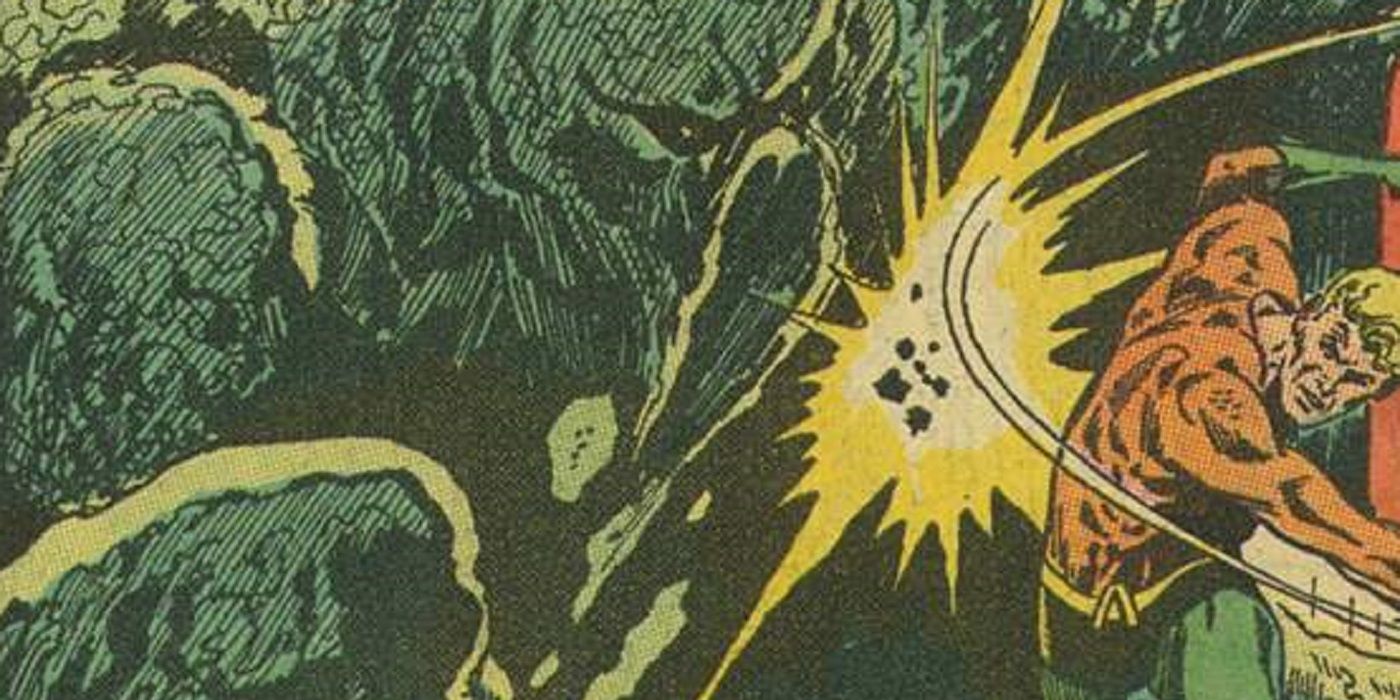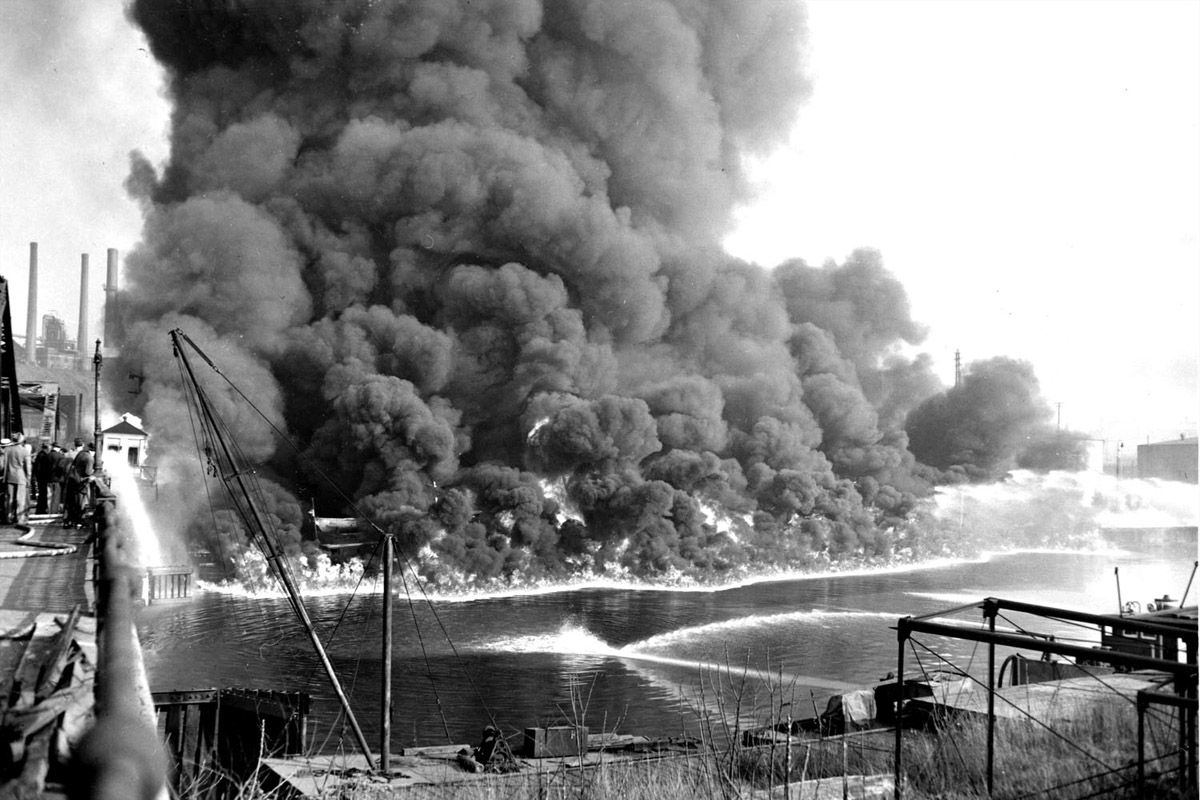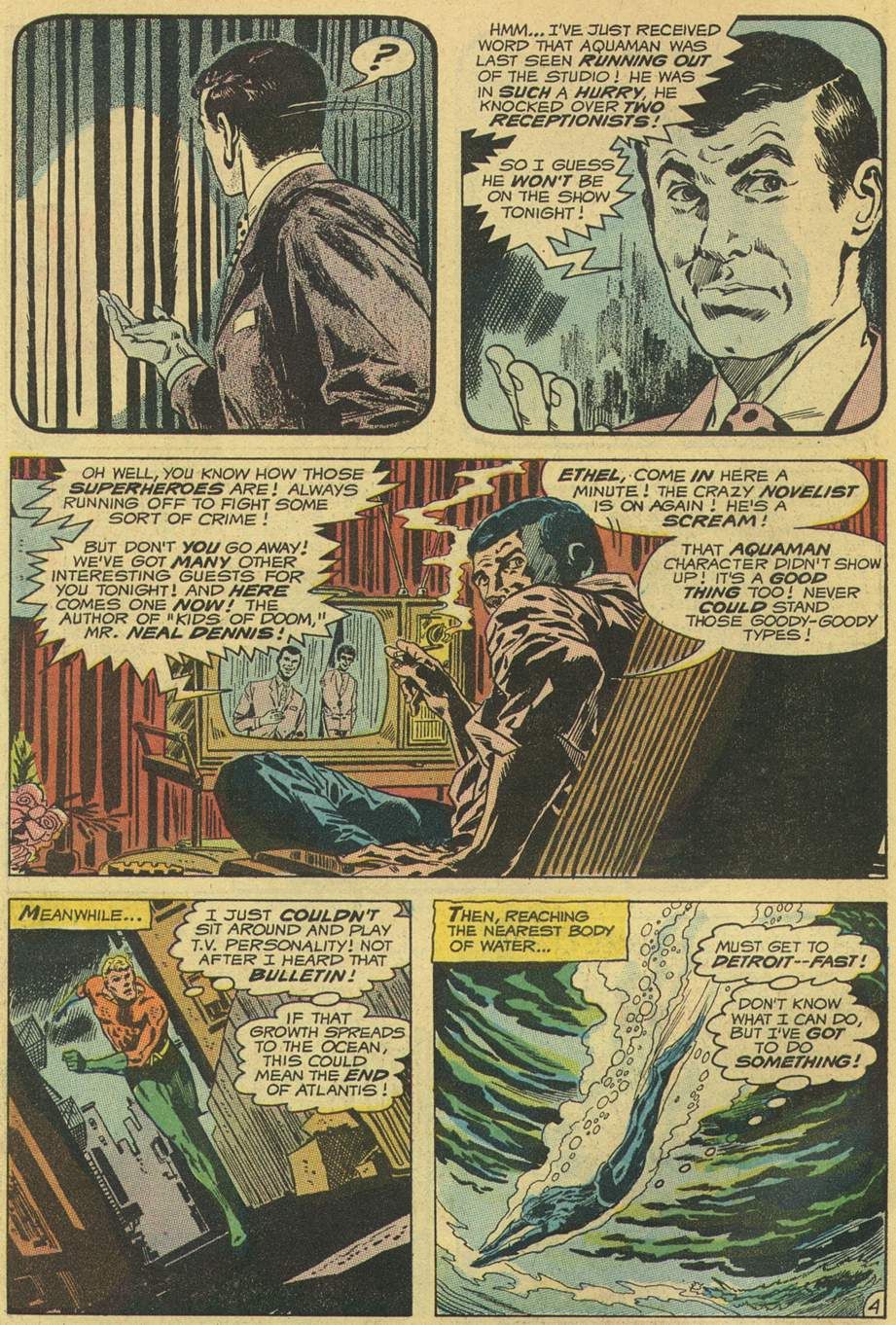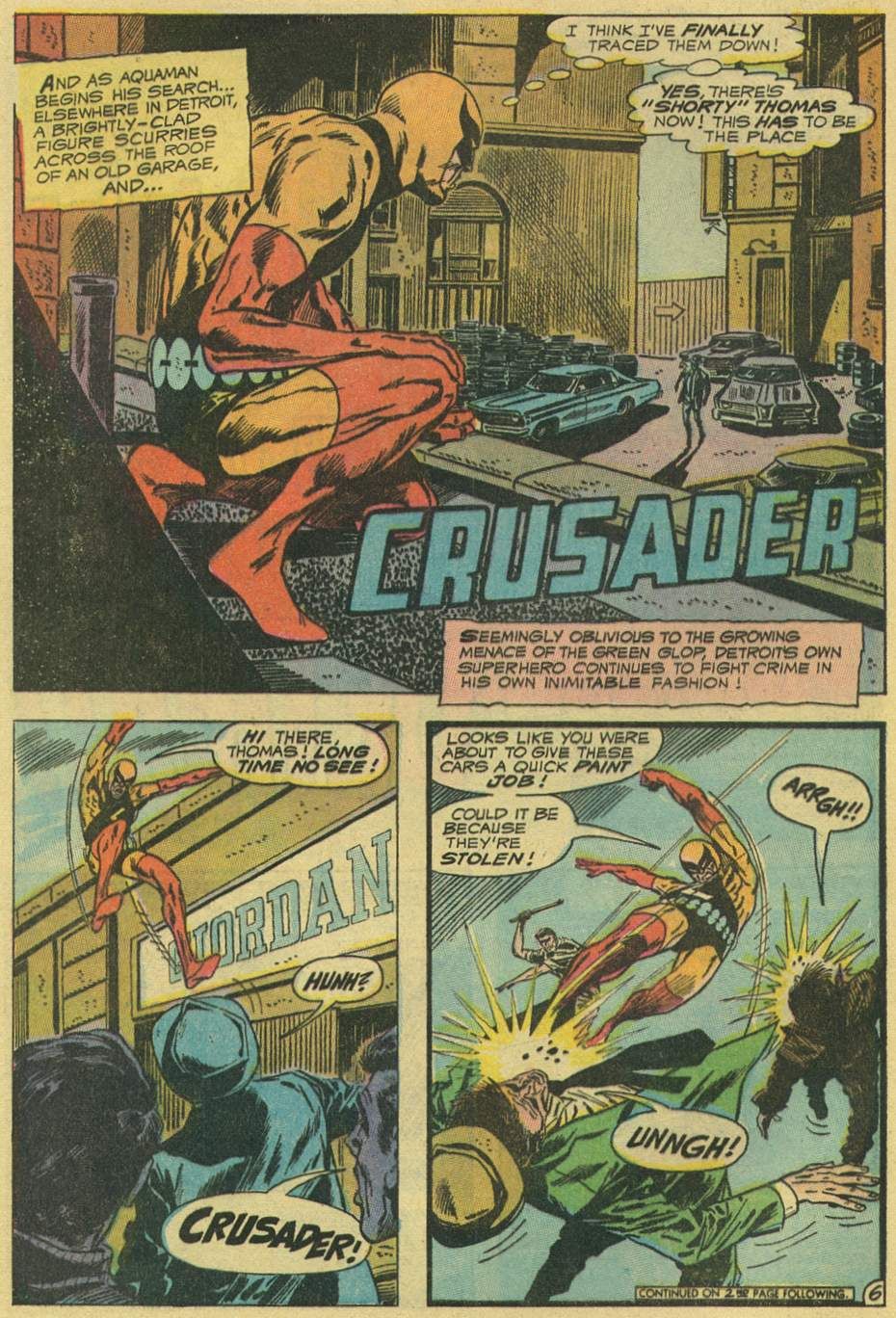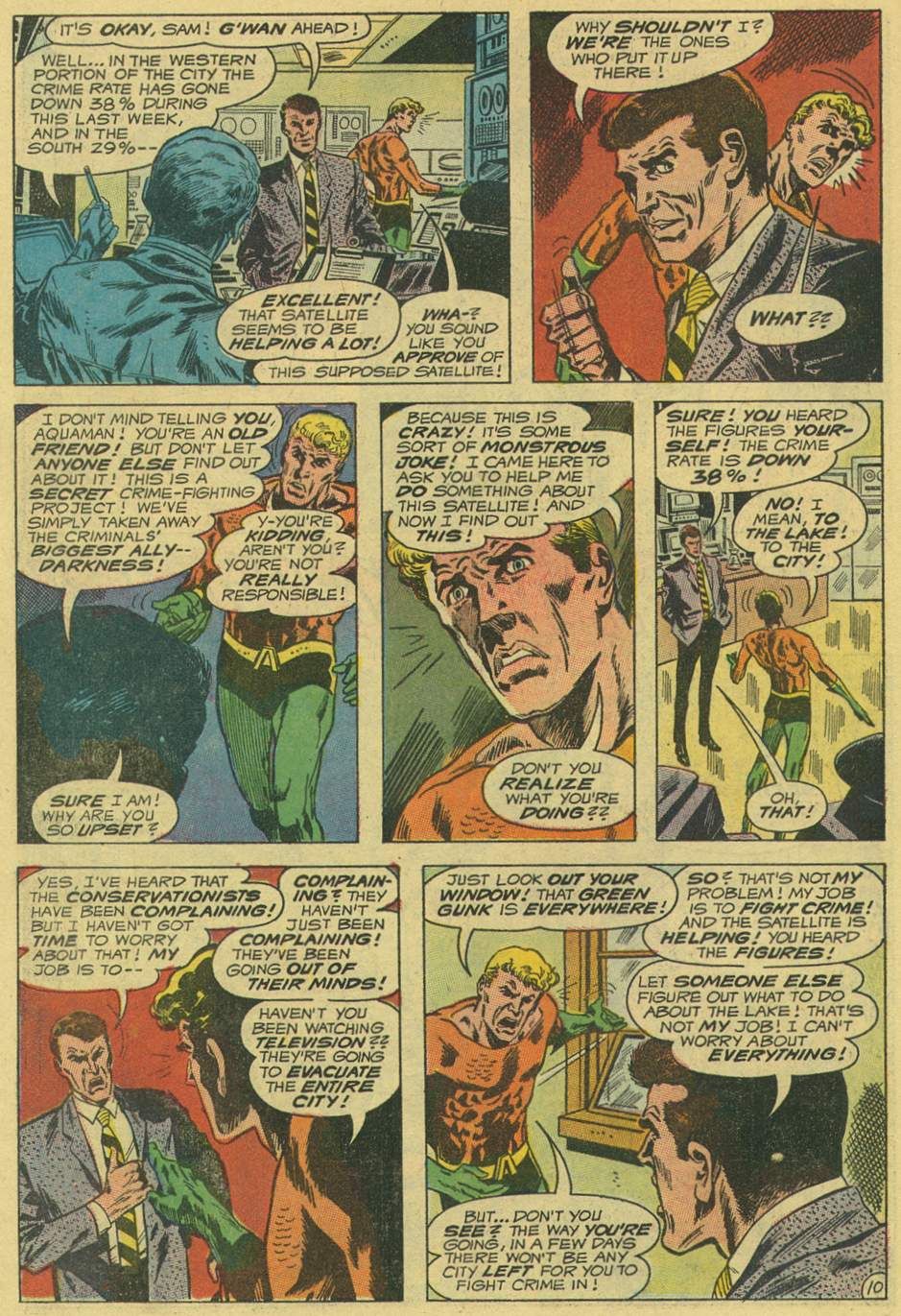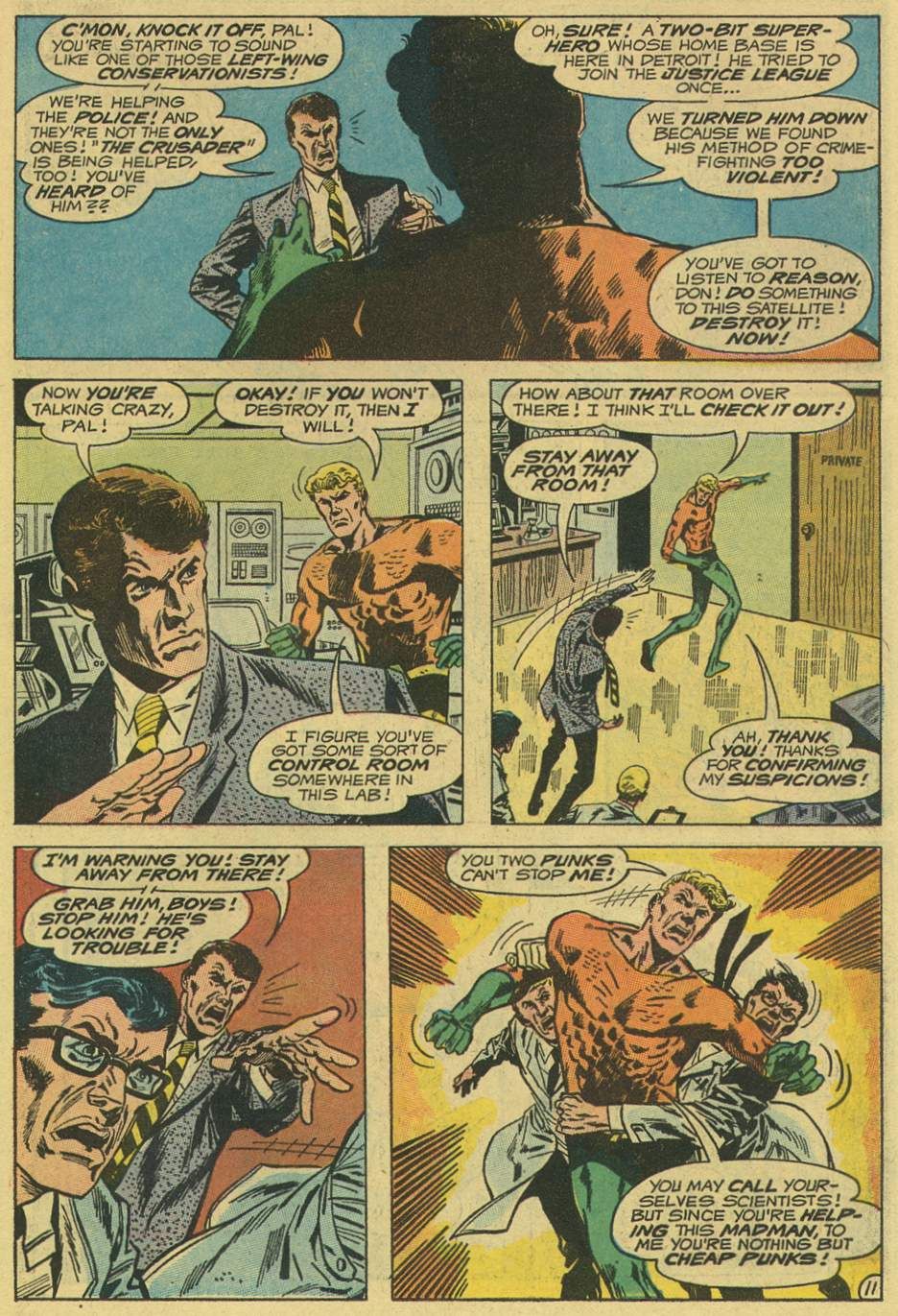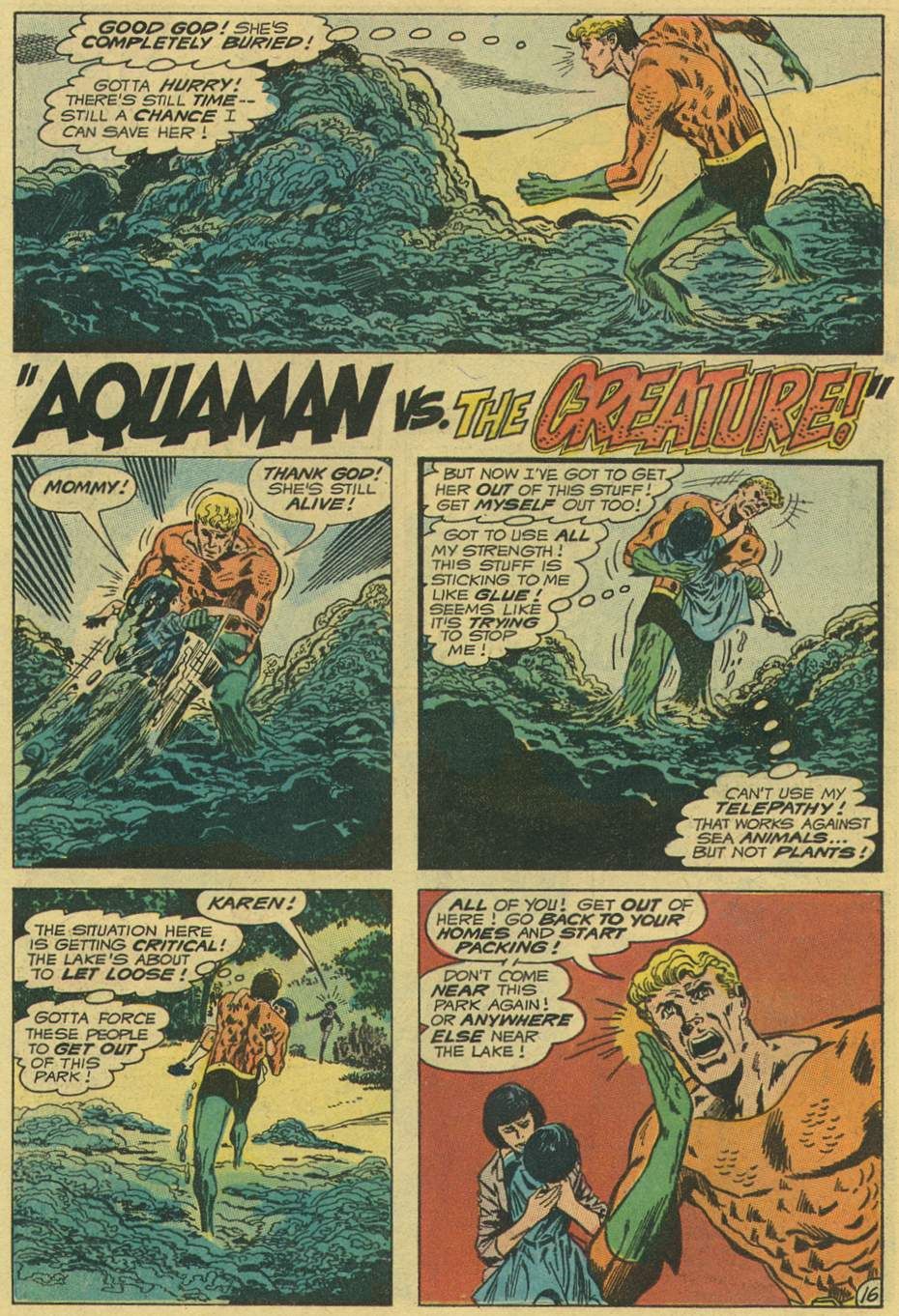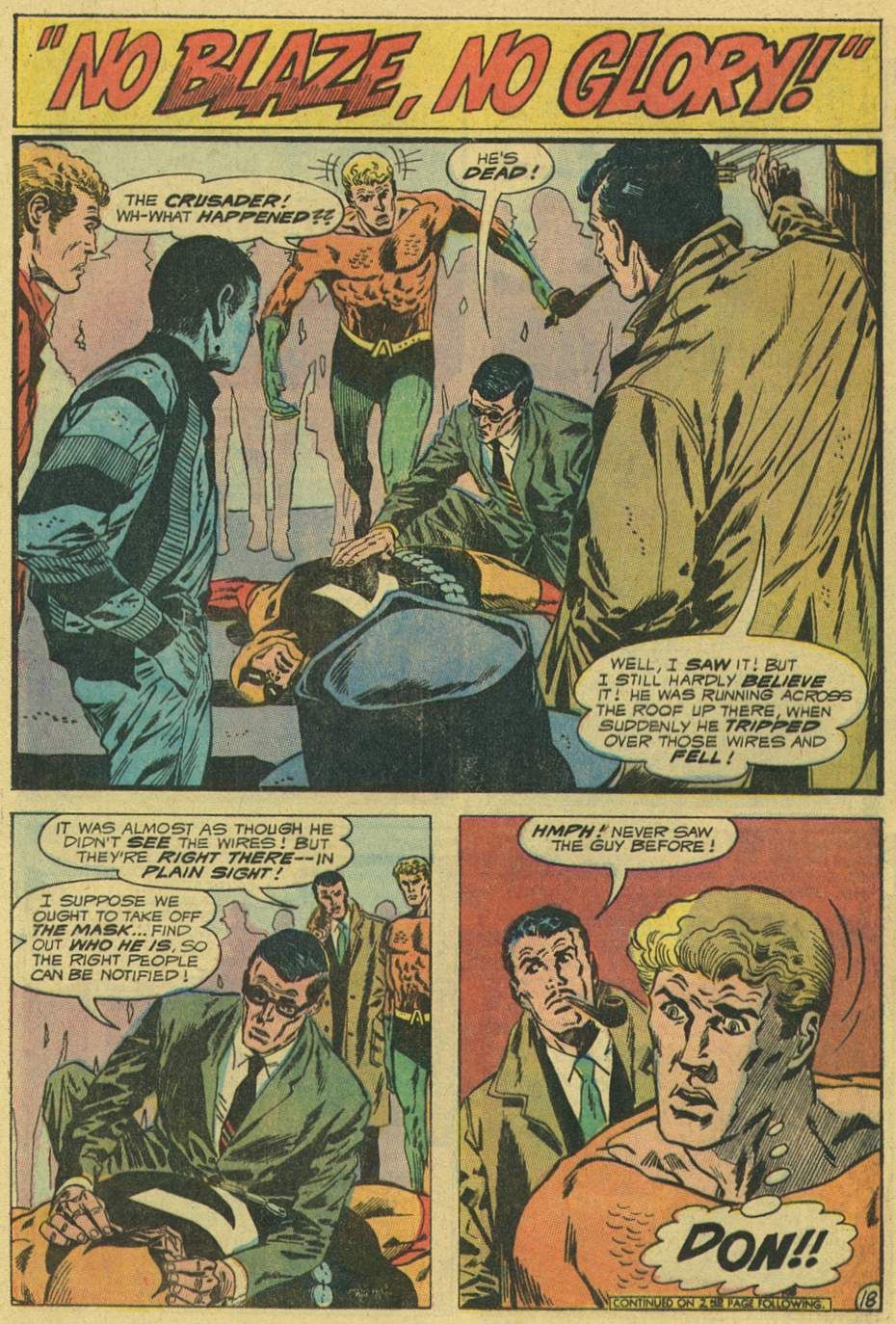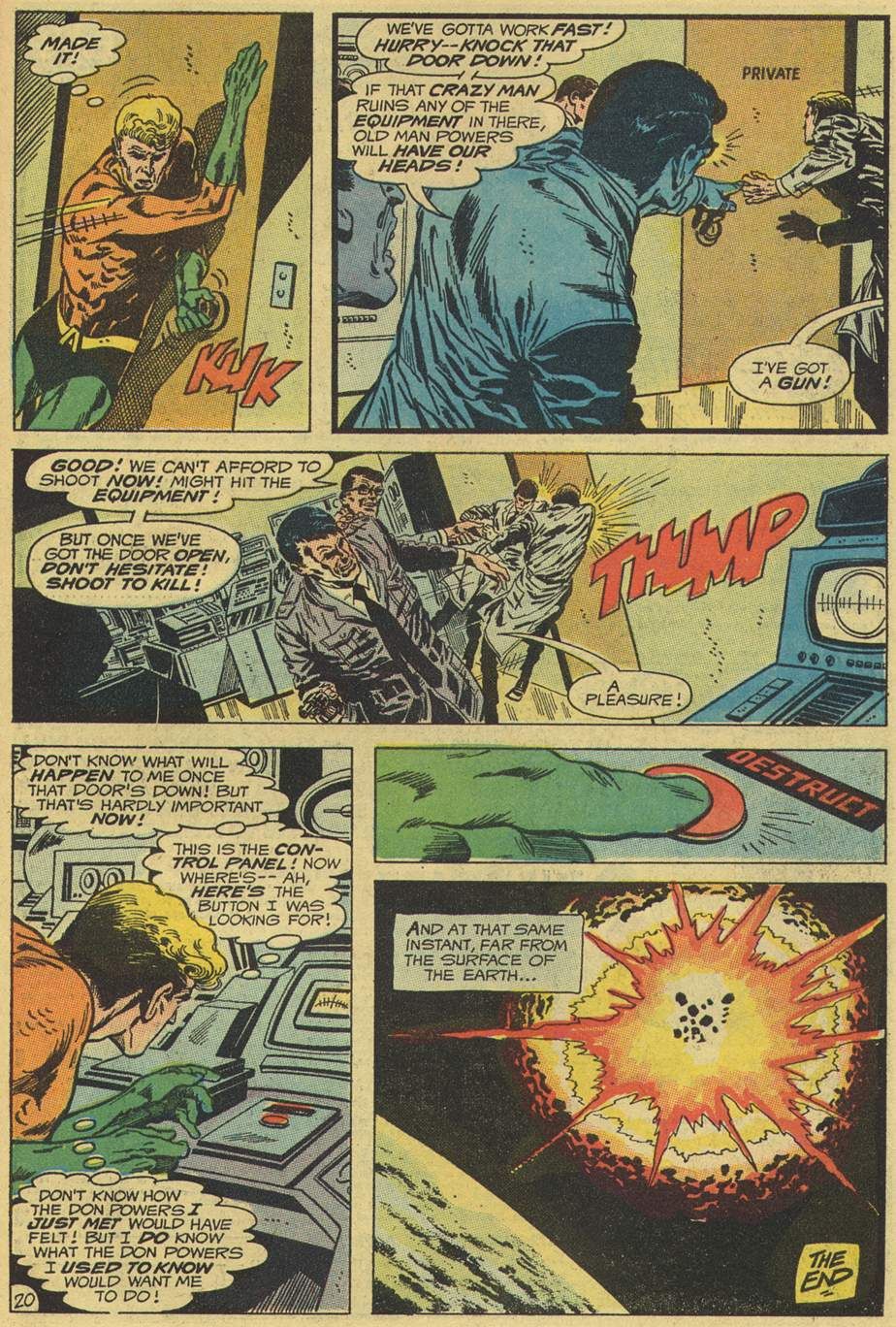This is a feature called "A Political World," where we spotlight 20th Century comic book stories that came out back when comic books were not political at all, unlike comic books nowadays.
Today, we look at Aquaman dealing with the lake pollution of the 1960s and 1970s.
Lake Erie was a symbol of just how terribly polluted American lakes were getting in the 1960s. Michael Rotman explained the situation in this excellent summary at Cleveland Historical:
By the 1960s, Lake Erie had become extremely polluted, in part due to the heavy industry that lined its shores in Cleveland and other cities. Factories dumped pollutants into the lake and the waterways that flowed into it (like the Cuyahoga River) without much government oversight. Waste from city sewers made its way into the lake too, as did fertilizer and pesticides from agricultural runoff.
As a result of these pollutants, Lake Erie contained increased levels of phosphorus and nitrogen, which contributed to eutrophication - a process that encourages the development of algal blooms. Dead fish littered the shoreline as a lack of oxygen in the water led to massive fish kills. Episodes like this led to the coining of the phrase - more sensational than factual - “Lake Erie is dead,” which started to appear in national publications in the late 1960s.
In 1969, the Cuyahoga River caught fire, bringing more negative national publicity to Cleveland and its polluted waterways. Even though pollution in Lake Erie was a regional problem, Cleveland bore the brunt of the negative publicity.
The burning river and the “dead” lake were major impetuses for the Federal government to step in and deal with water pollution in Cleveland and across the nation. In 1972, Congress passed the Clean Water Act, a measure that tightened regulations on industrial dumping. That same year, the United States and Canada signed the Great Lakes Water Quality Agreement in an attempt to lower the amount of pollutants entering the Great Lakes.
Steve Skeates took on this problem head on in 1971's Aquaman #56, the final issue of that volume of Aquaman (the numbering was later picked up again at the end of the decade), with art by Jim Aparo and Dick Giordano.
Aquaman is about to be a guest on a talk show when the show is interrupted by a news bulletin about a national state of emergency in Detroit, as the algae from Lake Erie has grown so large that it has essentially attacked Detroit (Detroit is on the Detroit River, which connects to Lake Erie)...
While in Detroit, we meet a new superhero known as the Crusader, who is apparently Detroit's own superhero...
Aquaman visits a former police scientist, Don Powers, for help and discovers that the reason that the algae is growing at an especially exaggerated rate is because of a satellite that Powers has created that has bathed Detroit in 24 hours of sunlight. They are doing this to help cut down on crime, as crime doesn't do as well in the sun (plus, Protector needs the help)...
Aquaman explains how disastrous this, and Powers calls him a left-wing nut...
Aquaman finds himself having to barely save a little girl from some attacking algae...
Then we discover that the Crusader has died. You see, Don Powers WAS the Crusader, and he was losing his eyesight and could not see well at night, so the satellite was really just to let him prolong his superhero career. Of course, his eyesight ultimately failed and he got tangled up in some wires and died. When Aquaman sees who the Crusader is...
He realizes why the satellite existed. So he rushes to Powers' laboratory and destroys the satellite...
What a final issue! Just for my pal, Sam, here's a really old Comic Book Legends Revealed where I discuss the interesting thing that Skeates did with the story he had written for the (never-published) next issue of Aquaman.
Okay, folks, I'm sure you have suggestions for good political storylines from the "good old days when comic books weren't political," so drop me suggestions at brianc@cbr.com!

